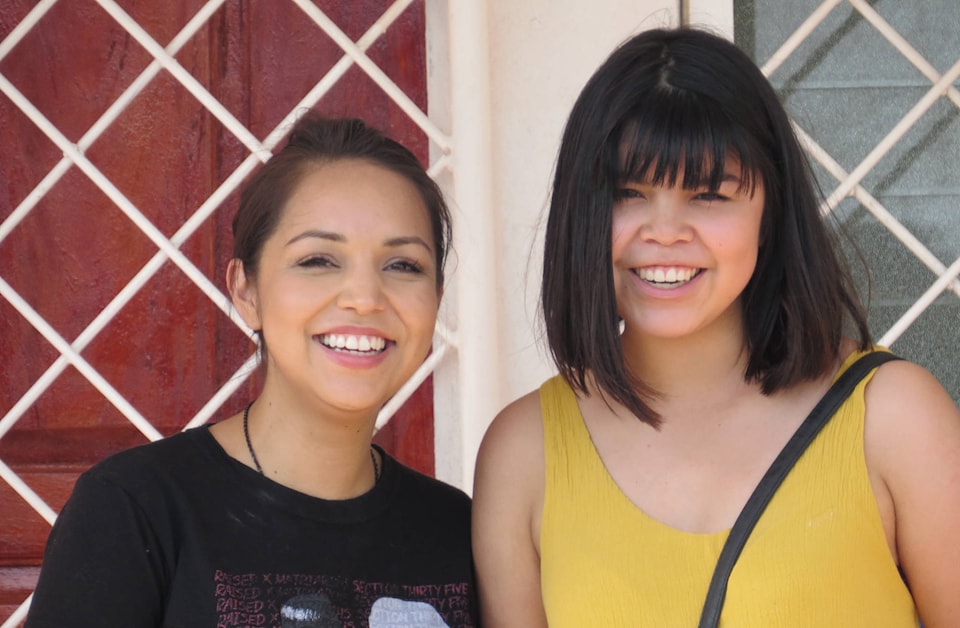Two local residents - Danielle Wall and Aaliyah Haizimsque - have recently returned from Nicaragua, where they helped build a new classroom while sharing their Wet’suwet’en culture with Nicaraguan children.
They were part of the Indigenous Youth Empowering Students (IYES) program, organized by the Canadian and Nicaraguan charity SchoolBOX.
Wall, the education coordinator for Wet’suwet’en First Nation, led a team of five Aboriginal youth from both northern Ontario and B.C. to build a classroom at Flor de Sacuanjoche School in Chinandega, Nicaragua. The team included her cousin Haizimsque, who’s going into Grade 11 at Lake District Secondary School.
“The opportunity to share this experience with Aaliyah was amazing,” said Wall, who was in Nicaragua for the third time. “She worked so hard on the build site, the children loved her and I’m excited to see how this experience will influence her desire to fight for change at home, where we still have incredible education gaps on reserve.”
During their 12 days in Nicaragua, the Canadian volunteers helped put the finishing touches on a new classroom, which will provide Grade 5 and 6 students with the right conditions to continue their education. Their previous classroom was crumbling due to poor construction and extensive termite damage, forcing the kids to learn outside under a makeshift metal and wooden structure.
The poverty in Nicaragua is extreme, and the children at this school are living on less than $2 a day. Wall said that poverty in Nicaragua is different from what she’s seen on Canadian First Nations reserves.
“We have poverty in Canada on reserves, but not to the extent where our children can’t afford to go to school,” she said.
Wall added that having this perspective has not only inspired her to advocate for Aboriginal children in her own community, but it has also made her more appreciative of her own culture.
“They [Aboriginal people in Nicaragua] were extremely colonized; they pretty much don’t know their ancestors, their original language, their culture,” she said. “I felt so much gratitude for where I come from and the culture that we still have.”
Haizimsque said this trip also opened her eyes to the power that education has to empower children, not only in Nicaragua but everywhere in the world. In addition, she said she loved teaching the local children about her own Aboriginal culture through smudging demonstrations, traditional teachings and a community round dance.
This was the third IYES trip organized by SchoolBOX, a program created in 2009 by executive director Sarah Kerr.
“What we’ve found with the IYES program is that through helping children in extreme poverty in Nicaragua, youth are able to tap into their own potential and power to be forces of change in the world,” said Kerr. “At home, the gaps in education seem overwhelming, but being part of building a school in Nicaragua makes it realistic to envision how to make change.”
Local First Nations youth interested in joining the IYES program next year should contact Wall at dazy17@hotmail.com.
